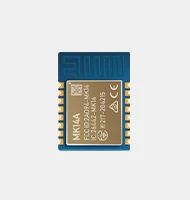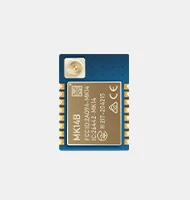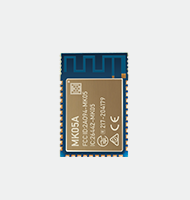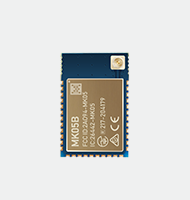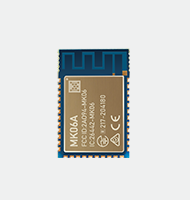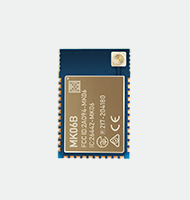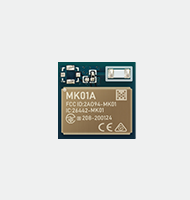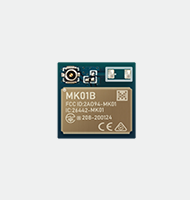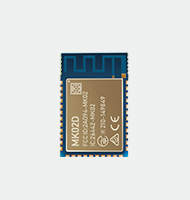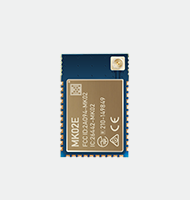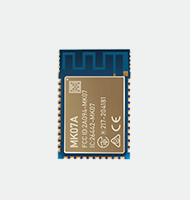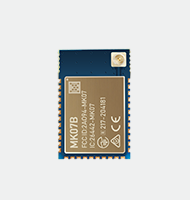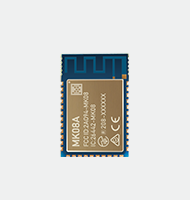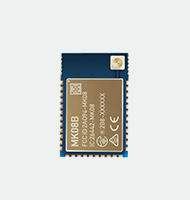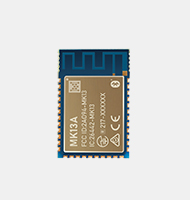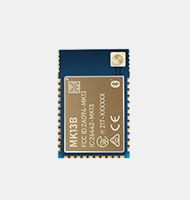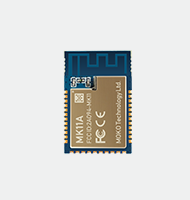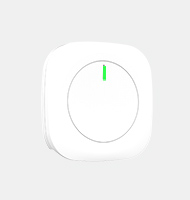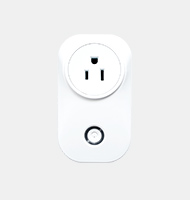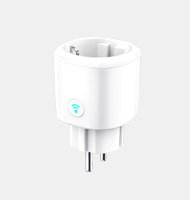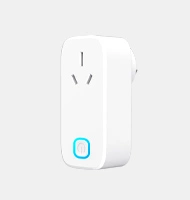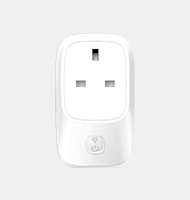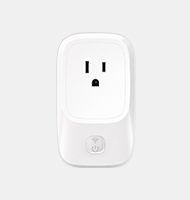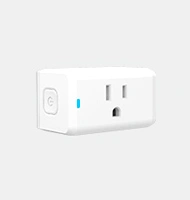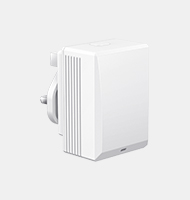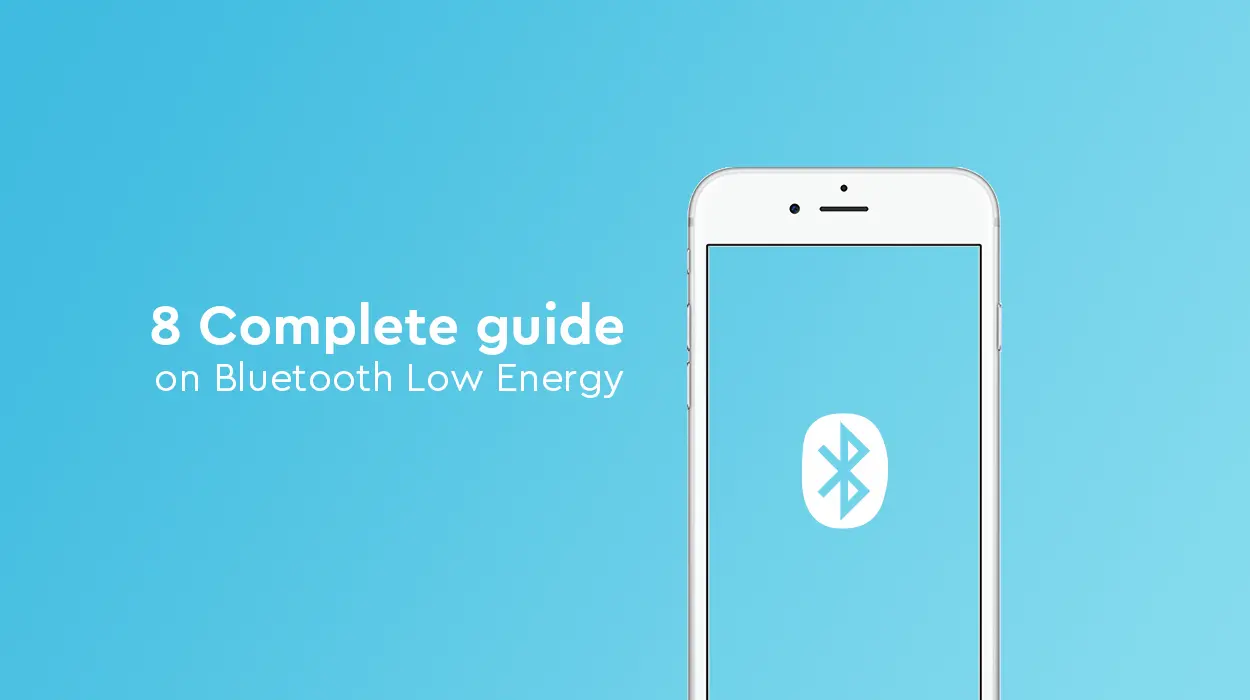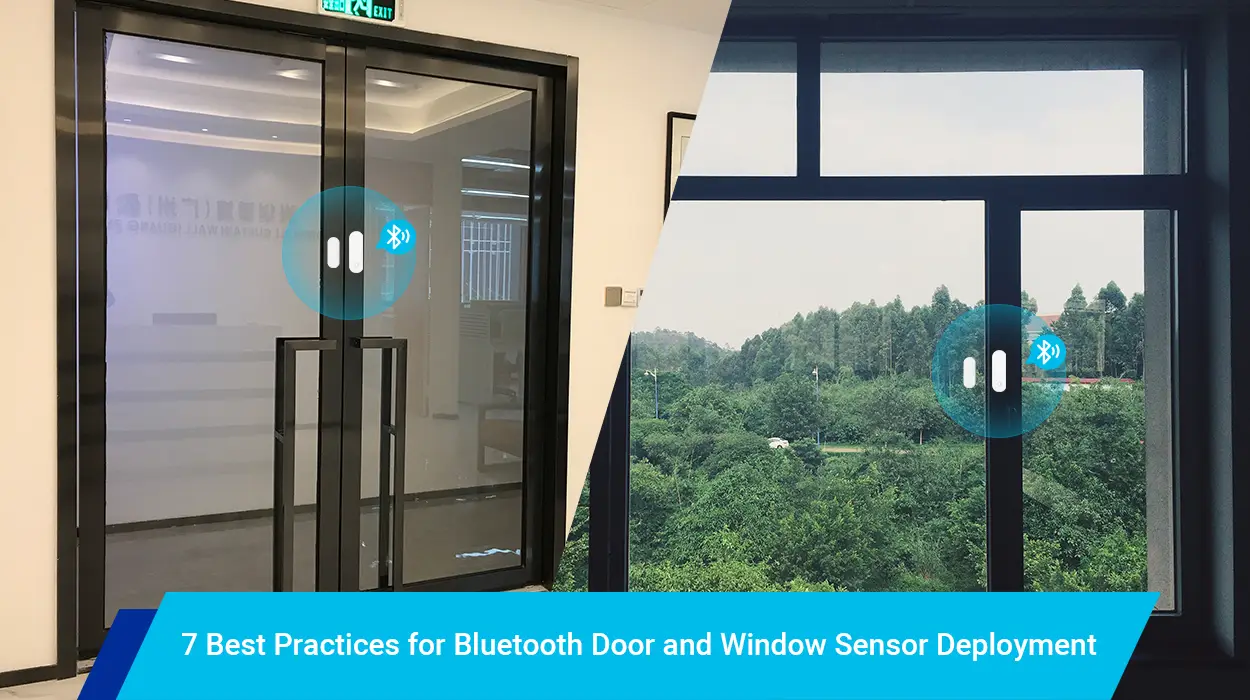Have you ever wondered how smart devices can discover each other, query for services, and share information? With the explosive growth of IoT technology, this phenomenon can be seen everywhere, and a bunch of smart personal devices have also emerged. It could be interesting to know how your fitness tracker can share information with your smartphone about your morning jog. What is the hidden technology behind those connections? Very confused? Right? In this guide, we’ll pull back the curtains and delve into the short-range wireless protocol – Bluetooth Low Energy.
Bluetooth Low Energy: the Definitions and Beyond
Before exploring how Bluetooth Low Energy works, we’ll go over the definitions of and evolution of Bluetooth Low Energy.
What is Bluetooth Low Energy
Bluetooth Low Energy – also known as Bluetooth Smart, Bluetooth LE, or BLE – is a wireless personal area network technology, aimed at novel applications in the healthcare, fitness, beacons, and home entertainment industries. BLE operates in the 2.4 GHz ISM spectrum and is designed to enable connections between devices within a relatively short range. Compared with other low-power networks, the core strength of BLE lies in its multi-platform compatibility.
Today, BLE is widely utilized in different applications but is best suited for devices that require networking capabilities and are very constrained in power consumption. Due to its low cost, long battery life, and ease of deployment, BLE has attracted the eyes of electronics and Internet-connected machine manufacturers. Currently, BLE is being driven by today’s fast-growing Internet of Things. It is increasingly applicable to everything related to the Internet of Things, which today is experiencing a strong explosion of growth.
The Evolution of BLE Technology
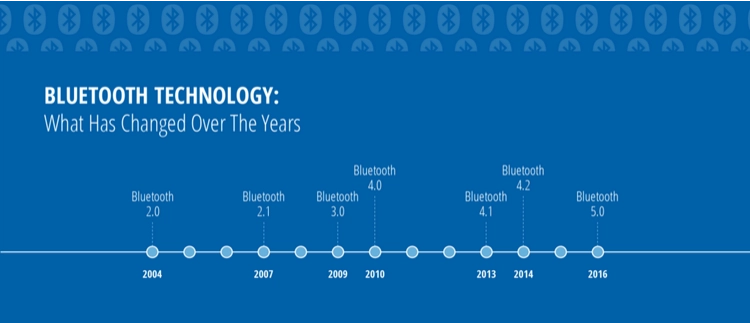
When it comes to the evolution of BLE technology, we could spare some time to date back to the development of Bluetooth. In 1999, a short-range standard technology for wireless communication between fixed and mobile devices via radio waves was born: Bluetooth. Constantly progressing over time, it spreads very quickly and has been integrated into many daily devices. Only ten years later, BLE was introduced with the release of version 4.0 of the Core Specification. It has the same characteristics as its big brother but differs in its very low energy consumption.
In fact, the BLE we know today was originally a project called ‘Wibree’ designed by Nokia before it was adopted by the SIG (Bluetooth Special Internet Group). While there is a lot of overlap between BLE and Bluetooth Classic, it’s worth noting that BLE isn’t a refined version of the original Bluetooth – Bluetooth Classic, but rather a new technology that leverages the Bluetooth brand to focus on IoT applications where data transmission over short-range could use the least amount of energy.
Advantages and Disadvantages of Bluetooth Low Energy
Every coin has its two sides, and so does BLE. When paying attention to the benefits of Bluetooth LE, the limitations also cannot be ignored. The fact is that it could be important to know the pros and cons so that you can determine if BLE is appropriate for a specific application and use case.
Benefits of BLE
- Low power consumption: The prominent advantage of BLE lies in its low power consumption. By minimizing needless operating time on the radio and ensuring a small amount of data transmission over a short range, BLE achieves ultra-low power consumption.
- Strong credit of economic stability: BLE comes from a consortium of industry giants (IBM, Microsoft, Intel…), which gives it a better adoption and strong economic support and stability.
- Lower cost of modules and chipsets: Compared to other similar wireless protocols and technologies, BLE applies less expensive modules and chipsets.
Multi-phone compatibility: BLE is already integrated into all smartphones, making it easier and more convenient to use.
Limitations of BLE
- Low data throughput: The data throughput of BLE devices is 100-250 Kbps, limited by the PHY (the physical radio layer) data rate.
- Narrow range: Originally designed to transmit small amounts of data periodically over a short range, BLE has no doubt a limited operating range.
- Gateway requirement for an Internet connection: To enable Internet connectivity between BLE devices only, when a BLE device sends data out, another device with an IP connection is required to receive the data, which in turn is relayed to another IP device (or the Internet).
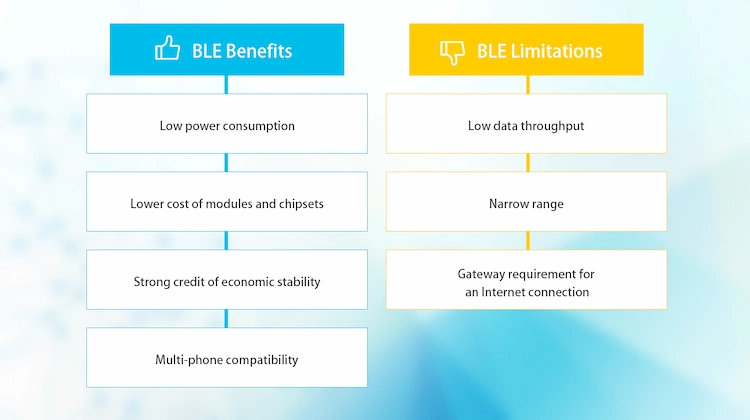
What Are Bluetooth Beacons
BLE beacons, as the name suggests, are beacons of BLE devices that power the transmission of broadcast signals. BLE devices act like small radio transmitters, strategically located across locations, broadcasting Bluetooth Low Energy signals within a given range. Typically, this range depends on hardware capabilities. On average, beacon devices can transmit BLE signals up to 80 meters, and the transmitted signals are capable of triggering specific actions related to that location.
BLE beacons allow tracking of the location and movement of BLE devices. When a BLE device enters a certain area and interacts with other compatible BLE applications or operating systems within range, location-based actions can also be triggered. In addition, BLE beacons send information to the receiving device as a broadcast device in a successful transmission manner, often requiring the installation of specific software on the device to interact with the BLE beacon.
How Does Bluetooth Low Energy Technology Work
BLE uses the same 2.4 GHz ISM spectrum as Bluetooth for operation, which ranges from 2402 MHz to 2480 MHz. Moreover, BLE divides it into 40 1 MHz channels, and 3 of them are used solely for sending advertising packets, while the remaining channels are used for data transmission. In general, the BLE communication initiates with the 3 crucial advertisement channels and then offloads to the remaining secondary data channels.
There are two different types of BLE connections: connection-oriented communication and broadcasting. For the first type of connection, the BLE device can act as a central device or a peripheral device. The central device plays role in scanning the connectable devices and initiating connection and data exchange requests. The peripheral, on the other hand, can receive commands and requests from the central device. Communication between the two is carried out in 4 steps: advertisement, initiation, connection, and exchange.
The second type of BLE communication is called Broadcasting or Bluecasting. What distinguishes it from the first connection is that it is connectionless and unidirectional. Here, the BLE-enabled device sends data out one-way to any device that is observing and capable of receiving the broadcast data. It should be noted that this method does not provide security for the transmitted data and is thus not suitable for sharing sensitive information. It is more suitable for applications such as file sharing of public data files in the office.
Do All Smart Phones Support Bluetooth Low Energy
Today, as BLE has been applied to a host of different devices and interfaces, it’s safe to say that almost all smartphones are BLE-compatible. The chapter on history records the first BLE-enabled smartphone, Apple’s iPhone 4s. Immediately after BLE received the Apple stamp, other smartphone vendors began to pour in. This posed a unique opportunity for peripheral vendors to create innovative devices that can communicate with mobile phones via BLE. Today we have wireless headphones, digital signage, smartwatches, fitness trackers, and hardware devices like beacons that can communicate seamlessly with smartphones.
| Device | Models with BLE support |
| Android phones and tablets | All Android phones with Android 4.3 and higher |
| iPhone | iPhone 4 and higher |
| iPad | iPad 3rd generation and higher iPad mini and higher |
| iPod touch | iPod touch 5th generation and higher |
Is There a Difference Between Bluetooth Low Energy and Bluetooth
There are two main technologies with the Bluetooth core specification: Bluetooth and Bluetooth Low Energy. Both of them are designed to help users achieve wireless communication between smart devices, whether for personal or commercial use. However, it’s essential to note that the two solutions differ greatly in terms of technical specification, application, and additional features.
| Bluetooth Classic | Bluetooth Low Energy | |
| Energy Consumption | 1 W | 0.01 – 0.50 W |
| Range | Up to 100m | Less than 100m |
| Data Transfer Rate | 1-3 mbit/s | 125 kbit/s – 2 mbit/s |
| Voice Capable | yes | no |
| Use Cases | Data streaming, wireless audio streaming for speakers, headphones, in-car audio, and more. | Novel applications in the healthcare, construction, education, home entertainment industries, etc. |
| Positioning Features | None | Presence: Advertising Direction: RSSI, HADM(Coming) Distance: Direction Finding (AoA/AoD) |
How BLE Changed the Internet of Things
With its inherent energy efficiency and smartphone availability, Bluetooth Low Energy technology is the premier short-range wireless protocol for IoT. By reducing energy consumption, BLE allows IoT devices to shrink significantly and extend their duration. In addition, data sharing between IoT devices can be affordable due to the smaller burden on energy tanks. Thanks to BLE, IoT devices that run on coin cell batteries can operate for weeks, months, or even years, without depleting their batteries.
It is more than evident that many of the most popular applications of IoT would not have been possible without BLE technology. At the same time, the rapid growth of IoT has caused many industries to modify themselves to adapt to it. Bluetooth SIG has also applied BLE technology into their Bluetooth version 4.0 so that it could be relevant for IoT. In all, BLE had an easier time gaining trust among IoT developers and engineers, and the implementations prove that BLE is dramatically transforming the IoT in an unimaginable way.
All of these factors combine together to make BLE the premier choice for many consumers in IoT applications, and its position is further consolidated in the market. It’s worth noting that Bluetooth SIG hasn’t stopped mining for BLE yet, in other words, Bluetooth Low Energy is still being constantly developed and refined in order to meet the most current demands of the market, so it should definitely stay on your radar.
BLE Supported MOKOBlue Hardware
BLE is ideally tailored for applications that require a long or constant operation but have short bursts of wireless transmission. MOKOBlue, a company concentrating on IoT applications, will bring you the most energy-sufficient and affordable Bluetooth solutions of advanced BLE technology. Supporting a wide range of BLE beacons and hardware, MOKOBlue caters to satisfying all your diverse needs.
If you’re still comparing various technologies for asset tracking, smart lighting, occupancy detection, etc., please reach out MOKOBlue for more information. We will open the door to opportunities for you to achieve a low-cost budget but a tight energy budget.
